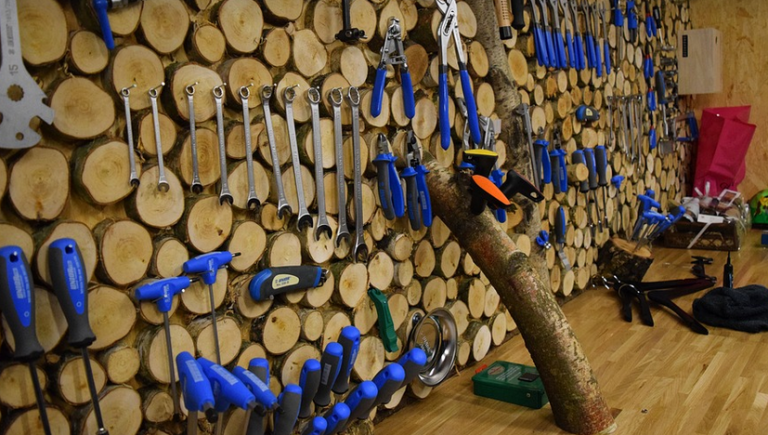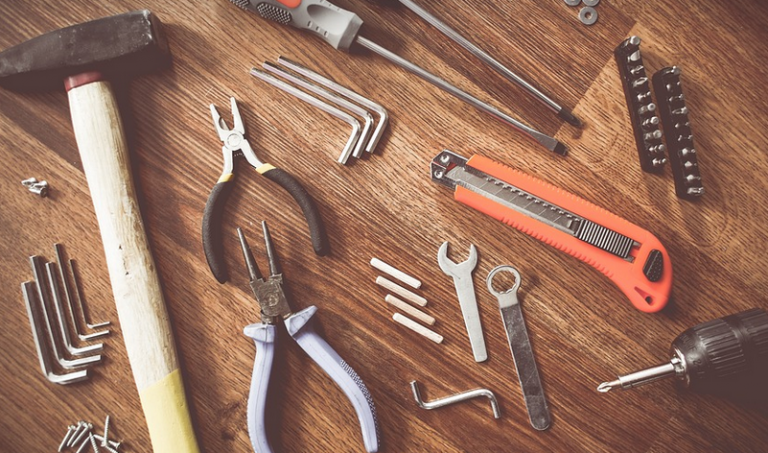
Mastering Your Climate Control
Imagine this: It’s sweltering outside, and you just want to kick back in your living room with a cold beverage. You flick on the air conditioner, and relief washes over you as the temperature drops. But what if there was a way to do it all year round, using less energy and saving money, too? This is where heat pumps come in.
Heat pumps are becoming increasingly popular for good reason. They’re essentially like superheroes of climate control – able to both cool and warm your home with incredible efficiency. But how exactly do they work? Let’s dive into the inner workings of these marvels of modern engineering.
The Magic Behind Heat Pumps
At their heart, heat pumps are powered by a clever cycle called “refrigeration,” which is used in everything from your refrigerator to your automobile’s air conditioning system. The magic lies in a special fluid (usually refrigerant) that can be easily compressed and expanded at high pressure.
Here’s how it all works: In the summer, the heat pump absorbs the warm air outside and transfers the energy to the inside of your house. This happens by pumping a specially formulated fluid through an evaporator coil located in the interior of your home. The process involves a suction line that pulls the refrigerant from the indoor unit; this is the system’s “brain,” which analyzes the temperature and processes the heat.
As the refrigerant absorbs heat, it becomes hot and flows through the outdoor unit, where it releases the absorbed energy into the exterior air. The refrigerant then travels back to the evaporator coil in the house to pick up more heat, restarting the cycle of absorbing the outside air. The process is like a continuous game of “hot-cold” that keeps your home feeling comfortable.
Air Conditioners: A Tale of Cooling
Now let’s talk about air conditioners, the workhorses of summer cooling. They are fundamentally designed to remove heat from enclosed spaces by using an electric compressor and a refrigerant cycle to cool the air.
Unlike heat pumps, which can operate in both heating and cooling modes, air conditioners have a specific focus on cooling. The process begins with circulating a special fluid (refrigerant) through the indoor coil where it absorbs heat from the air. This is done by forcing the refrigerant around a series of coils that are kept very cold. The hot refrigerant then travels to the outdoor unit, where it releases its absorbed heat into the surrounding environment.
This cycle repeats continuously, allowing for a consistent flow of cool air within your home. However, with air conditioners, you’re essentially only dealing with one mode: cooling. You need a separate system to change how hot or cold your house is, and that’s where heat pumps come in.
While they perform their magic in the summer, they also have a role to play during colder months.
A Closer Look at Heating Capabilities
As we mentioned earlier, heat pumps can work as both a heating and cooling system. This is especially useful for those of us who live in climates with varying temperatures throughout the year.
In winter, the same refrigerant that cools your home during the summer can also warm it up! The outdoor unit acts like a miniature furnace, using a special heat exchanger to transfer the heat into your house. This happens when the refrigerant absorbs some of the ambient heat from the outside air and then travels back to the indoor coil where it releases its absorbed energy.
The process is the same as in summer: the refrigerant absorbs more heat from the outside, becomes hot, and then travels through the outdoor unit to release the heat into your home. The cycle repeats constantly, ensuring that you stay warm throughout the winter months.
Energy Saving Superstars
Heat pumps are known for their energy efficiency. They can save a considerable amount of money on utility bills compared to traditional systems like central heating or window AC units, particularly in warmer climates.
Here’s why: they use less electricity to heat your home than conventional methods. This is because heat pumps capture the natural warmth found in the air and transfer it indoors, instead of creating additional heat using an external source. They essentially work like a giant battery that stores energy from the environment.
Furthermore, they often come equipped with variable-speed compressors. These smart compressors adjust their speed based on your home’s heating or cooling needs, making them even more efficient and saving you money on your electricity bill.
Making The Right Choice
Choosing between a heat pump and an air conditioner depends heavily on your specific climate and budget.
If you live in a place where temperatures fluctuate between hot summers and chilly winters, then consider a heat pump. It excels at both functions, offering more cost-saving benefits compared to traditional heating and cooling systems.
On the other hand, if your climate is consistently warm or humid, an air conditioner might be the better choice. They are simpler to install and operate, particularly for those who prioritize efficient cooling during summer months.



